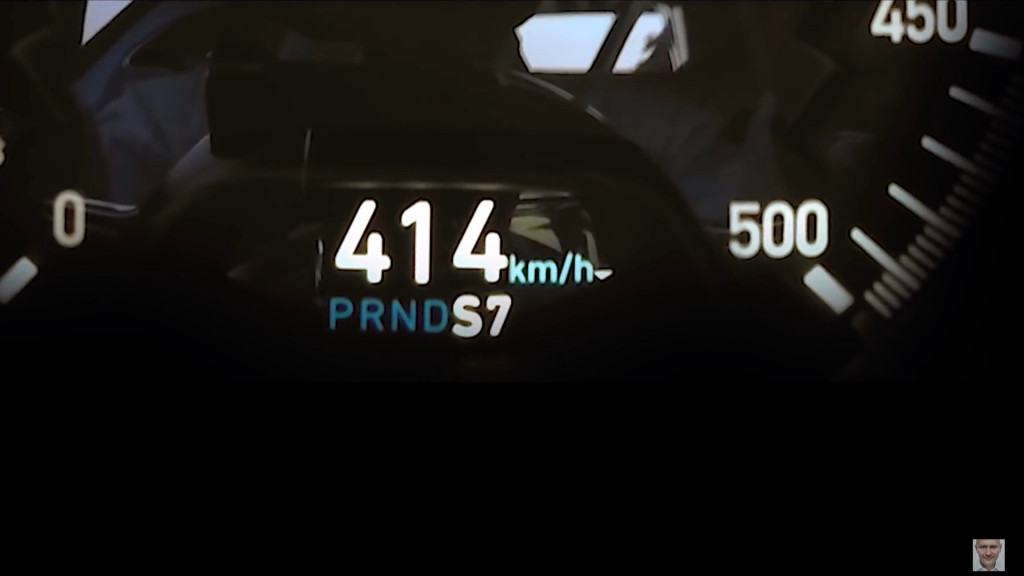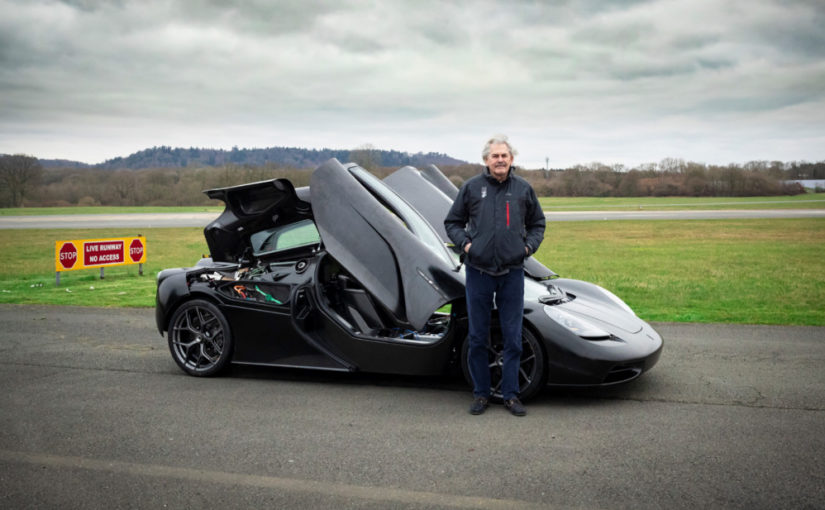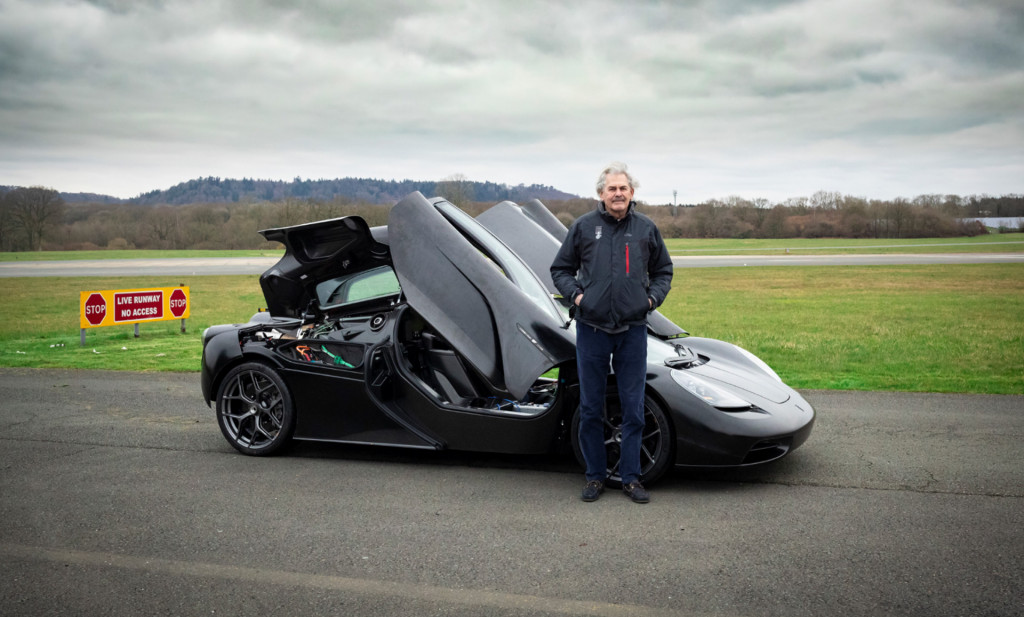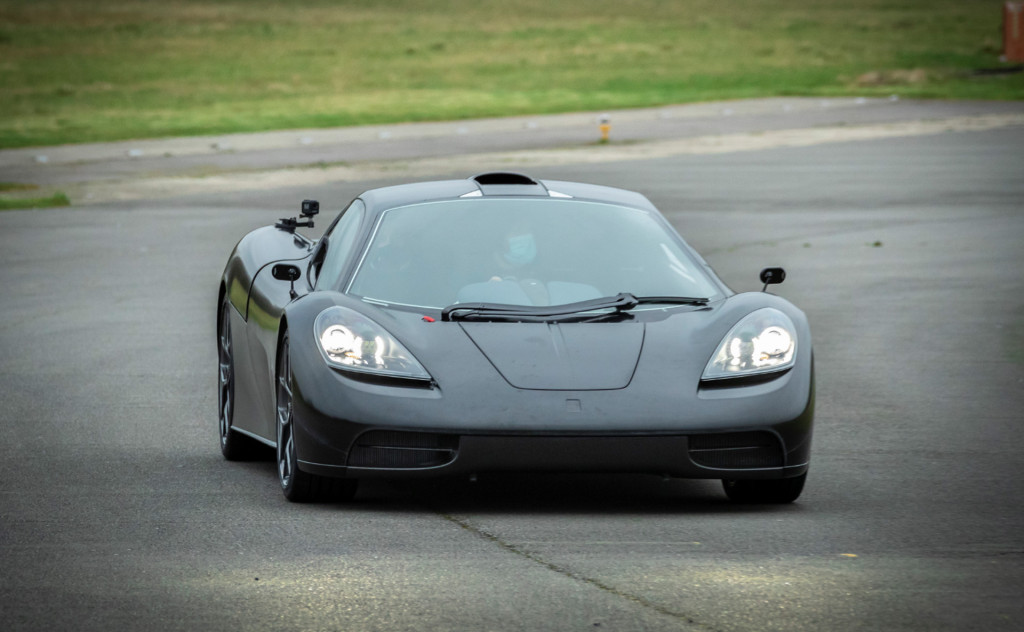Few places in the world are appropriate for the Bugatti Chiron to really stretch its legs, but Germany’s autobahn network is one of them. Chiron owner Radim Passer recently took his car to 414 kph (257.2 mph) on a stretch of of the famous unrestricted highway near Wittenburg, Germany. Apparently, given the religious tone of the video Passer produced, Jesus wanted him to go that fast.
Passer is an old hand at this. He previously hit 250 mph on the same stretch of autobahn in his Veyron—just short of that car’s 254-mph top speed. That required several attempts due to suboptimal weather conditions and a problem with the Veyron’s transmission, but this time he sent the Chiron to Molsheim for an inspection to be sure it could handle the task.
As depicted in a short video from Passer’s YouTube channel, the Chiron hit the autobahn in the early morning to avoid traffic, accompanied by a Lamborghini Aventador, Porsche 911 Turbo, and Bentley Flying Spur. Passer achieved his 257-mph top speed with no apparent issues.

Bugatti Chiron on the autobahn
The standard Chiron is electronically limited to 261 mph, but Passer still managed to top his Veyron V-max, and surpassed the top speeds of many other supercars by a significant margin.
if you don’t fancy a trip to Germany, Idaho’s Sun Valley Road Rally also offers opportunities to drive fast cars to their limits. We’ve seen a Veyron Grand Sport Vitesse crack 235 mph and a Veyron Super Sport reach 246 mph at the rally, which is held on a closed-off section of highway.
All of these Bugatti models are overshadowed by the Chiron Super Sport 300+, the production version of the car Bugatti used to break the 300-mph barrier in 2019. Will someone try to take one of these for a speed test on a public road?



